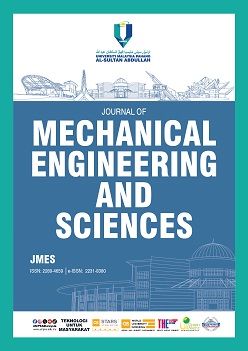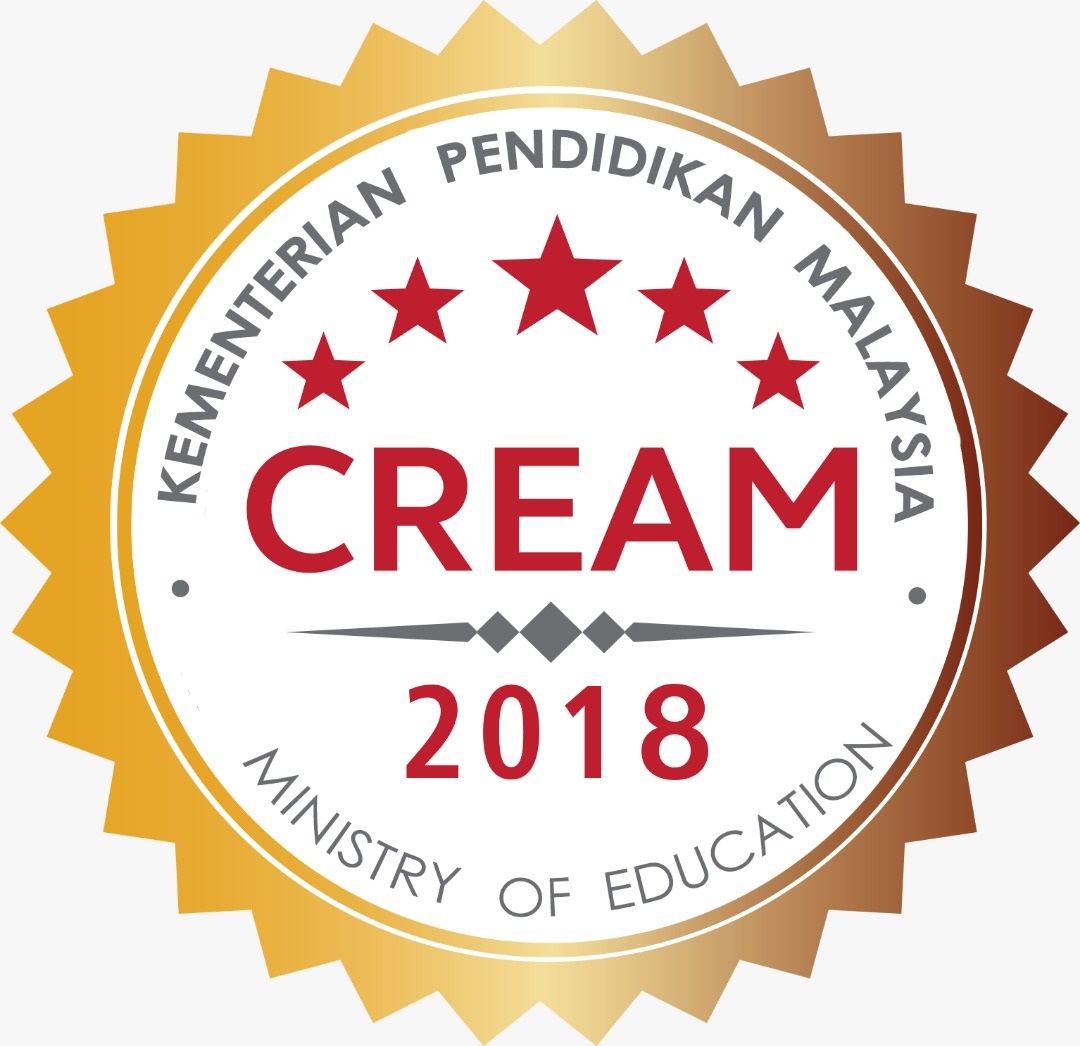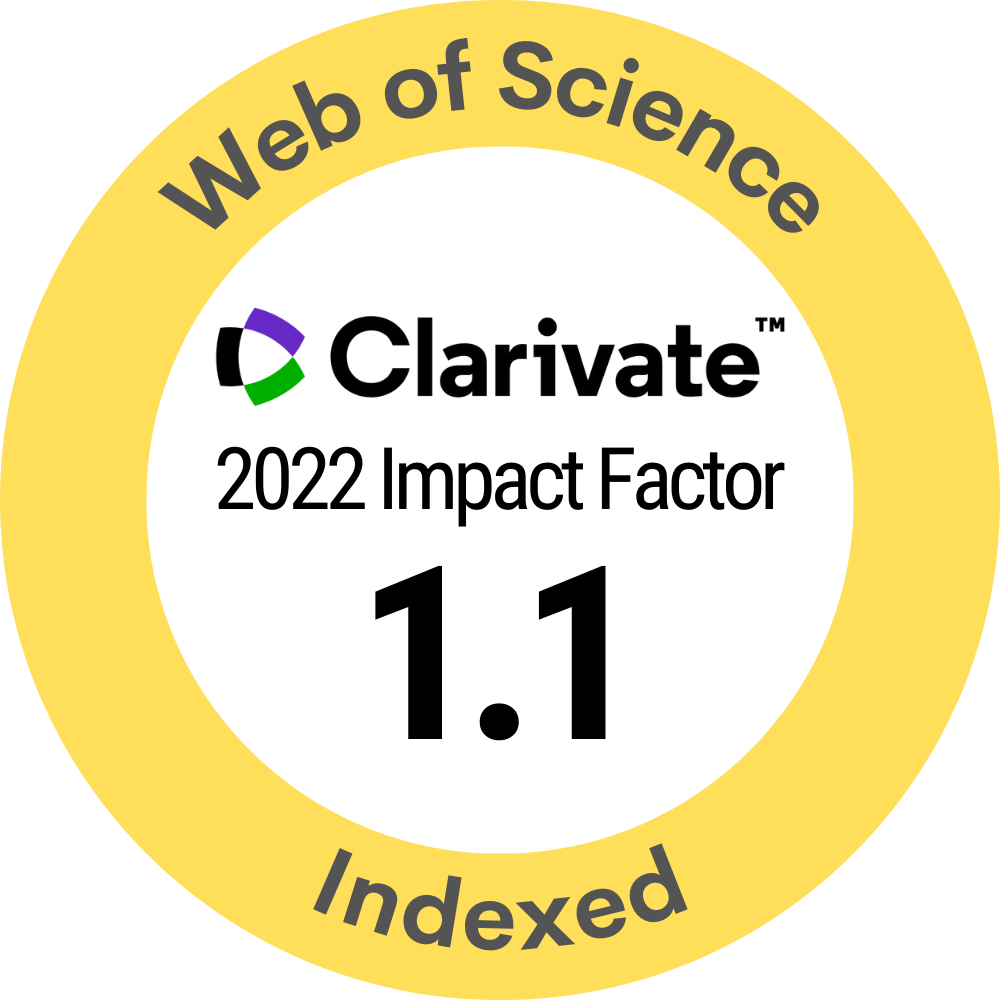Internet of thing based controlled spray for deposited solution to enhance dye-sensitized solar cell performance
DOI:
https://doi.org/10.15282/jmes.18.4.2024.10.0816Keywords:
Dye-sensitized solar cell, Titanium dioxide, IoT, Spray pyrolysisAbstract
Dye-sensitized solar cells (DSSCs) have attracted much interest over the past twenty years due to their persistent application. Modifications to various solar cell manufacturing methods are now required to achieve high efficiency, significantly impacted by parameters such as thickness. In this investigation, improvisation was implemented through the development of an aerosol that is machine-smart. This smart spray is controlled by an Internet of Things system that uses Blynk software, which is very helpful in managing the spray's on and off times. Furthermore, the strategy has been proposed to improve the efficiency of the DSSC. Spray pyrolysis was employed as an effective method for DSSC fabrication. This method was selected for its affordability, ease of use, and ability to generate substantial quantities of metal oxides, coatings, and thin films. It supported various solutions and enabled precise control over the mixture composition. The method ensured uniform deposition of compounds on thin films, along with straightforward measurement of thickness and surface characteristics. The surface morphology was analysed using Field Emission Scanning Electron Microscopy, and the efficiency was evaluated using I-V measurements. X-ray Diffraction was used to confirm the presence of TiO2. The optimised height is 12 cm, as indicated by the outcomes, which gives a high efficiency of 11%. As a result, the uniform distribution of the solution on the substrate significantly influenced the enhancement of DSSC.
References
[1] M. Okuya, N. A. Prokudina, K. Mushika, S. Kaneko, “TiO2 thin films synthesized by the spray pyrolysis deposition (SPD) technique,” Journal of the European Ceramic Society, vol. 19, no. 6–7, pp. 903-906, 1999.
[2] G. P. Smestad, F. C. Krebs, C. M. Lampert, C. G. Granqvist, K. L. Chopra, X. Mathew, et al., “Reporting solar cell efficiencies in solar energy materials and solar cells,” Solar Energy Materials and Solar Cells, vol. 92, no. 4, pp. 371-373, 2008.
[3] K. Moore, W. Wei, “Applications of carbon nanomaterials in perovskite solar cells for solar energy conversion,” Nano Materials Science, vol. 3, no. 3, pp. 276-290, 2021.
[4] M. Gratzel, “Dye-sensitized solar cells,” Journal of Photochemistry and Photobiology C: Photochemistry Reviews, vol. 4, no. 2, pp. 145-153, 2003.
[5] A. Supriyanto, D. G. Saputri, M. K. Bin Ahmad, A. H. Ramelan, F. Ramadhani, “Significant efficiency improvement of TiO2:LEG4-Ag layer dye sensitized solar cells by incorporating small concentration of Ag,” Optik, vol. 231, p. 166429, 2021.
[6] A. Supriyanto, D. G. Saputri, M. K. Bin Ahmad, A. D. Sutomo, A. H. Ramelan, “Influence of coating a TiO2 electrode with DN-F05 and DN-F05-Ag on the photovoltaic performance of DSSC solar cells,” Applied Sciences, vol. 13, no. 13, p. 7459, 2023.
[7] F. A. Unal, S. Ok, M. Unal, S. Topal, K. Cellat, F. Şen, “Synthesis, characterization, and application of transition metals (Ni, Zr, and Fe) doped TiO2 photoelectrodes for dye-sensitized solar cells,” Journal of Molecular Liquids, vol. 299, p. 11277, 2020.
[8] A. Okello, B. O. Owuor, J. Namukobe, D. Okello, J. Mwabora, “Influence of concentration of anthocyanins on electron transport in dye sensitized solar cells,” Heliyon, vol. 7, no. 3, p. e06571, 2021.
[9] J. A. Castillo-Robles, E. Rocha-Rangel, J. A. Ramírez-De-león, F. C. Caballero-Rico, E. N. Armendáriz-Mireles, “Advances on dye-sensitized solar cells (DSSCs) nanostructures and natural colorants: A review,” Journal of Composites Science, vol. 5, no. 11, p. 288, 2021.
[10] A. Omar, M. S. Ali, N. Abd Rahim, “Electron transport properties analysis of titanium dioxide dye-sensitized solar cells (TiO2-DSSCs) based natural dyes using electrochemical impedance spectroscopy concept: A review,” Solar Energy, vol. 207, no. 1, pp. 1088-1121, 2020.
[11] A. Supriyanto, A. H. Ramelan, M. K. Bin Ahmad, F. Ramadhani, D. G. Saputri, “Hubungan sifat optik terhadap performa kinerja sel surya DSSC transparan berbahan dye DN-F01 sebagai sensitizer,” Indonesian Journal of Applied Physics, vol. 10, no. 2, pp. 163-170, 2020.
[12] U. Diebold, “The surface science of titanium dioxide,” Surface Science Reports, vol. 48, no. 5-8, pp. 53-229, 2003.
[13] E. Supriyanto, L. Ni’mah, S. Sujito, N. Alviati, A. Dikayanti, A. G. E. Sutjipto, “Optimization of TiO2/Ag photoanode thickness for improvement dye-sensitized solar cell (DSSC) performance with simulation method,” in AIP Conference Proceedings, vol. 2682, p. 030002, 2023.
[14] R. Anoua, S. Touhtouh, M. Rkhis, M. El Jouad, A. Hajjaji, F. Belhora, et al., “Optical and electronic properties of the natural alizarin dye: Theoretical and experimental investigations for DSSCs application,” Optical Materials, vol. 127, p. 112113, 2022.
[15] A. Aboulouard, B. Gultekin, M. Can, M. Erol, A. Jouaiti, B. Elhadadi, et al., “Dye sensitized solar cells based on titanium dioxide nanoparticles synthesized by flame spray pyrolysis and hydrothermal sol-gel methods: A comparative study on photovoltaic performances,” Journal of Materials Research and Technology, vol. 9, no. 2, pp. 1569-1577, 2020.
[16] L. Filipovic, S. Selberherr, G. C. Mutinati, E. Brunet, S. Steinhauer, A. Köck, et al., “Methods of simulating thin film deposition using spray pyrolysis techniques,” Microelectronic Engineering, vol. 117, pp. 57–66, 2014.
[17] L. N. Dang Quang, A. K. Kaliamurthy, N. H. Hao, “Co-sensitization of metal based N719 and metal free D35 dyes: An effective strategy to improve the performance of DSSC,” Optical Materials, vol. 111, p. 110589, 2021.
[18] G. Kiruthiga Prabhu, T. Raguram, K. S. Rajni, “Annealing effect of magnesium tin oxide thin films prepared by nebulizer spray pyrolysis technique for DSSC applications,” in IOP Conference Series: Materials Science and Engineering, vol. 577, p. 012093, 2019.
[19] S. Kalaiselvan, K. Balachandran, S. Karthikeyan, R. Venckatesh, “Botanical hydrocarbon sources based MWCNTs synthesized by spray pyrolysis method for DSSC applications,” Silicon, vol. 10, no. 2, pp. 211-217, 2018.
[20] S. Sujono, Z. Arifin, “Sistem kontrol otomatis suhu dan kelembapan pada budidaya jamur tiram berbasis IoT,” Exact Papers in Compilation, vol. 4, no. 3, pp. 585-590, 2022.
[21] S. Abid, M. J. Irshad, M. Wasif, Z. Mehmood, I. Hussain, M. H. Ejaz, “Location-assistive and real-time query IoT-based transport system,” Engineering Proceedings, vol. 12, p. 101, 2021.
[22] T. Ohno, K. Sarukawa, K. Tokieda, M. Matsumura, “Morphology of a TiO2 photocatalyst (Degussa, P-25) consisting of anatase and rutile crystalline phases,” Journal of Catalysis, vol. 203, no. 1, pp. 82–86, 2001.
[23] V. A. González-Verjan, B. Trujillo-Navarrete, R. M. Félix-Navarro, J. N. Díaz de León, J. M. Romo-Herrera, J. C. Calva-Yáñez, et al., “Effect of TiO2 particle and pore size on DSSC efficiency,” Materials for Renewable and Sustainable Energy, vol. 9, no. 2, pp. 1–8, 2020.
[24] HiSoUR, “Dye-sensitized solar cell – Hi so you are,” [Online], Jan 13, 2023. Available: https://www.hisour.com/dye-sensitized-solar-cell-39656/
[25] S. Nur, Y. Kamaru, M. K. Ahmad, “Transparent dye-sensitized solar cell using titanium dioxide thin film,” Evolution in Electrical and Electronic Engineering, vol. 3, no. 2, pp. 108–117, 2022.
[26] J. Liu, Y. Li, S. Arumugam, J. Tudor, S. Beeby, “Screen printed dye-sensitized solar cells (DSSCs) on woven polyester cotton fabric for wearable energy harvesting applications,” Materials Today Proceedings, vol. 5, no. 5, pp. 13753–13758, 2018.
[27] S. K. Dhungel, J. G. Park, “Optimization of paste formulation for TiO2 nanoparticles with wide range of size distribution for its application in dye sensitized solar cells,” Renewable Energy, vol. 35, no. 12, pp. 2776-2780, 2010.
[28] T. A. Ruhane, M. Tauhidul Islam, M. Saifur Rahaman, M. M. H. Bhuiyan, J. M. M. Islam, T. I. Bhuiyan, et al., “Impact of photo electrode thickness and annealing temperature on natural dye-sensitized solar cell,” Sustainable Energy Technologies and Assessments, vol. 20, pp. 72-77, 2017.
Downloads
Published
Issue
Section
License
Copyright (c) 2024 The Author(s)

This work is licensed under a Creative Commons Attribution-NonCommercial 4.0 International License.






